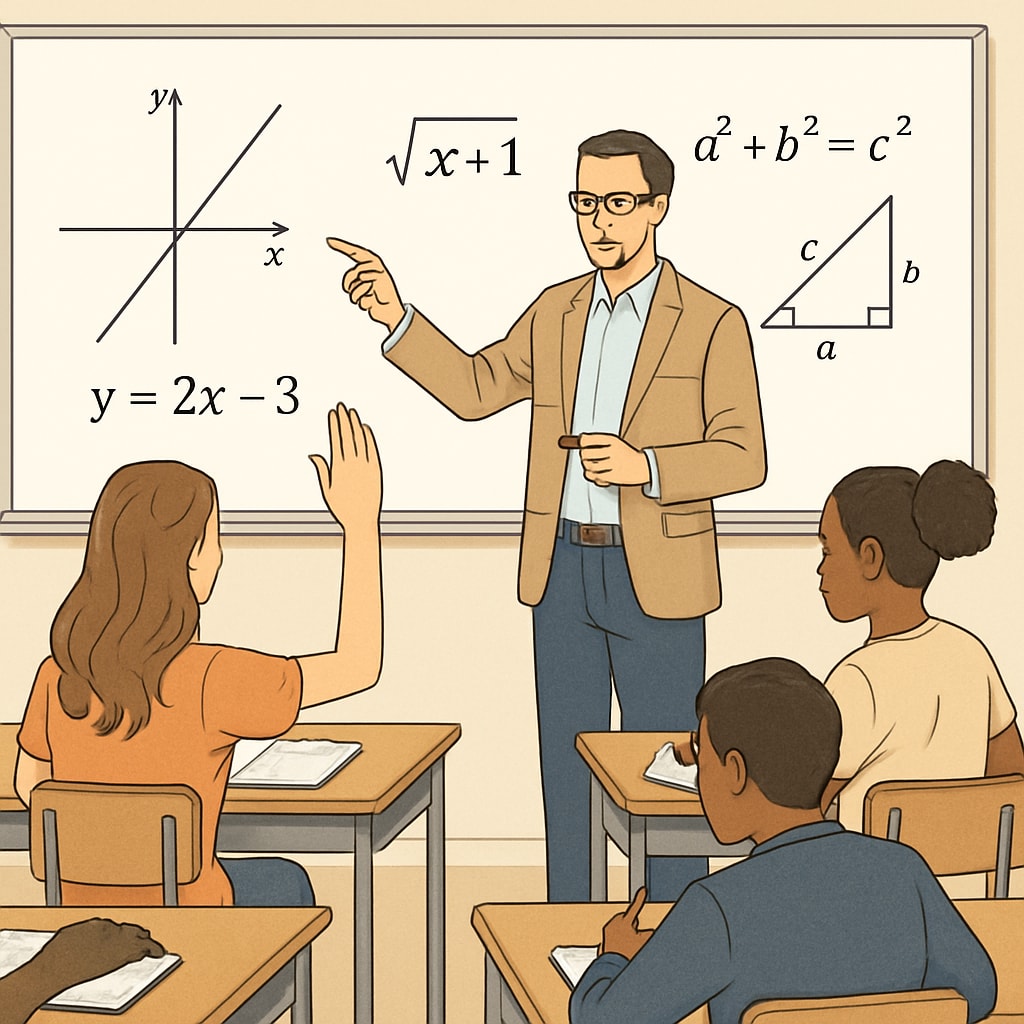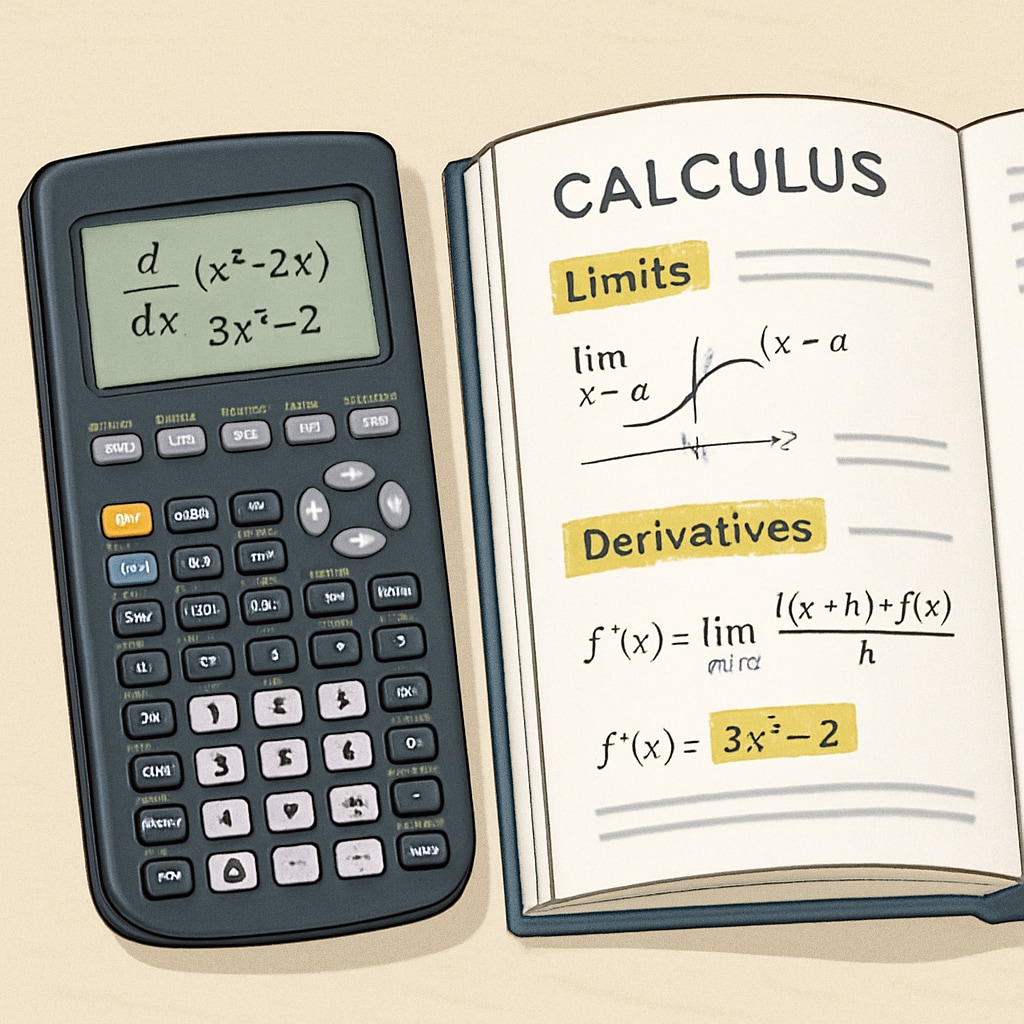High school math education often presents significant challenges for both students and teachers. Topics such as calculus, algebra, and geometry can become complex and intimidating, leaving students struggling to grasp core concepts. This article addresses common learning obstacles in high school math curricula, offering actionable strategies for educators to improve teaching methods and help students succeed. Additionally, it proposes solutions for multilingual classrooms, where language barriers add an extra layer of difficulty to understanding mathematical concepts.
Identifying Common Learning Obstacles in High School Math
Understanding the specific concepts that trouble high school students is the first step in improving math education. Common obstacles include:
- Abstract reasoning: Students often struggle with transitioning from concrete arithmetic to abstract algebraic thinking.
- Problem-solving strategies: Many students lack a systematic approach to breaking down complex mathematical problems.
- Concept retention: Key topics like trigonometric identities and calculus derivatives are frequently forgotten due to insufficient reinforcement.
- Language barriers: In multilingual classrooms, students may face difficulty understanding terminology, further complicating their learning experience.
To address these obstacles, educators must develop tailored strategies that focus on these pain points while encouraging active engagement and critical thinking.

Practical Teaching Strategies for Targeted Instruction
Once learning obstacles are identified, educators can implement practical teaching strategies to address them. Here are some effective methods:
- Visual aids: Use diagrams, graphs, and videos to simplify abstract concepts and make them more tangible.
- Collaborative learning: Encourage group discussions and peer-to-peer teaching to reinforce problem-solving skills.
- Regular assessments: Conduct frequent quizzes and tests to ensure concept retention and identify gaps in understanding.
- Multilingual support: Provide bilingual glossaries and visual explanations to help students overcome language barriers.
For example, when teaching calculus, educators can utilize interactive tools such as graphing calculators or software to demonstrate the relationship between derivatives and functions visually. This approach not only aids comprehension but also fosters a deeper appreciation for mathematical applications.

Overcoming Challenges in Multilingual Classrooms
Multilingual classrooms pose unique challenges in high school math education. Students may struggle with understanding mathematical terms in a non-native language, which can impact their ability to solve problems effectively. To address this, educators can:
- Create bilingual resources: Develop study materials in multiple languages to ensure accessibility.
- Focus on universal visual tools: Use symbols, graphs, and charts that transcend language barriers.
- Simplify terminology: Break down complex terms into simpler language and provide examples for context.
For instance, when teaching geometry, educators can use visual diagrams to illustrate concepts like angles and shapes, reducing reliance on language and promoting universal understanding. These strategies empower students to overcome language barriers while building mathematical proficiency.
As a result, targeted teaching methods not only improve learning outcomes but also foster an inclusive classroom environment where every student has the opportunity to succeed.
Conclusion: Advancing High School Math Education
High school math education is a critical stage in a student’s academic journey, preparing them for higher education and professional careers. By identifying key obstacles, such as abstract reasoning and language barriers, and implementing targeted strategies, educators can create a more effective and inclusive learning environment. Regular assessments, collaborative activities, and visual aids are essential tools for improving comprehension and retention.
Ultimately, with a proactive approach, teachers can unlock the potential of their students and transform high school math from a challenging subject into an engaging and rewarding experience.
Readability guidance: Use short paragraphs and lists to summarize key points. Ensure sufficient use of transition words like “however,” “in addition,” and “for example” to enhance flow. Maintain active voice and limit passive constructions for clear communication.


